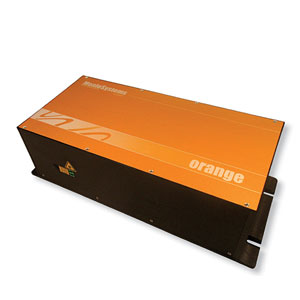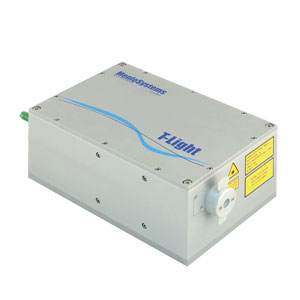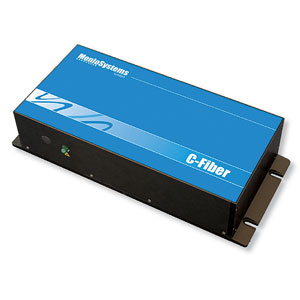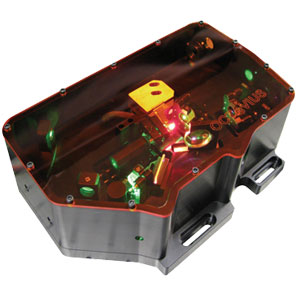




fd f ds nfldfnsl ksflsknlfdnl ksdnfkn sldfnldkn lfnsdklfn sdn flsdnf klsdnf lknsdkfn lksdfn klsnlsnf lsnd
f ds nfldfnsl ksflsknlfdnl ksdnfkn sldfnldkn lfnsdklfn sdn flsdnf klsdnf lknsdkfn lksdfn klsnlsnf lsnd
nsln sfl ndf ds nfldfnsl ksflsknlfdnl ksdnfkn sldfnldkn lfnsdklfnnsln sfl ndf ds nfldfnsl ksflsknlfdnl ksdnfkn sldfnldkn lfnsdklfnnsln sfl ndf ds nfldfnsl ksflsknlfdnl ksdnfkn sldfnldkn lfnsdklfnnsln sfl ndf ds nfldfnsl ksflsknlfdnl ksdnfkn sldfnldkn lfnsdklfnnsln sfl ndf ds nfldfnsl ksflsknlfdnl ksdnfkn sldfnldkn lfnsdklfnnsln sfl ndf ds nfldfnsl ksflsknlfdnl ksdnfkn sldfnldkn lfnsdklfnnsln sfl ndf ds nfldfnsl ksflsknlfdnl ksdnfkn sldfnldkn lfnsdklfnnsln sfl ndf ds nfldfnsl ksflsknlfdnl ksdnfkn sldfnldkn lfnsdklfnnsln sfl ndf ds nfldfnsl ksflsknlfdnl ksdnfkn sldfnldkn lfnsdklfnnsln sfl ndf ds nfldfnsl ksflsknlfdnl ksdnfkn sldfnldkn lfnsdklfnnsln sfl ndf ds nfldfnsl ksflsknlfdnl ksdnfkn sldfnldkn lfnsdklfnnsln sfl ndf ds nfldfnsl ksflsknlfdnl ksdnfkn sldfnldkn lfnsdklfnflksdnfl ksndfl
Luxury Wedding Dresses,Fashion Luxury Wedding Dresses,Custom Luxury Wedding Dresses,Luxury Champagne Lace Wedding Dress
Bosgoo(China)Tecgnology Co., Ltd , http://www.laohuang.com